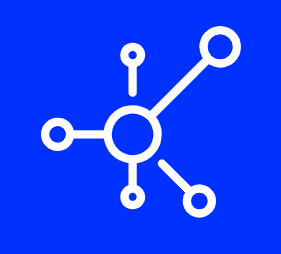Introduction
If you’re a marketer, you know that it’s important to split your audience into different groups. You don’t want all of your visitors going to the same landing page—because then you can’t target them with specific marketing messages. That’s why it’s so critical to create separate landing pages for SEO and PPC traffic. In this post, we’ll discuss why you should create separate landing pages for SEO and PPC traffic, what should go on those pages (and what shouldn’t), and how they’ll help your overall marketing strategy.
The goal of the landing page
Landing pages are the first page someone sees when they come to your website. You can use them to convert visitors into customers, get more traffic from search engines and improve your pay-per-click (PPC) advertising campaigns.
- Conversion: Most people who visit a website leave without completing a desired action, like signing up for an email newsletter or downloading an ebook. Often times this is because they don’t understand what you’re offering or why it matters to them. When you create a landing page specifically designed to prompt users to take action, you’re likely to see better results than if you try the same thing on your homepage or blog post — especially if that information is buried somewhere deep within hundreds of words of text!
- SEO traffic: Landing pages provide great opportunities for targeting specific keywords in search engine optimization (SEO). Since each landing page can be optimized for one keyword phrase at most, it’s easy for Google Search Engine Results Pages (SERPs) to understand what content belongs on which result page — making it easier for them (and us) when we’re trying our best efforts at getting ahead of competitors in organic rankings by optimizing key phrases throughout our site structure.
Why not one landing page for both?
If you’re asking this question, you’re probably right to do so. SEO and PPC are two very different types of traffic with their own goals and expectations. Google Search Engine Optimization (SEO) is the act of improving your ranking on Google by optimizing your website or blog for search engines. The goal of SEO is to drive this traffic to a specific page or type of content on your site that doesn’t necessarily fit into paid advertising campaigns (like Facebook Ads).
When it comes to landing pages, most people think about creating one landing page per ad campaign or targeted keyword phrase; however, there are several other scenarios where you may choose not to use a single landing page for both paid and organic search traffic:
1. You want to show different content to the two types of visitors.
2. You don’t want to show the same content to both types of visitors.
3. You want to segment your audience and measure how they behave on different landing pages.
4. Your business has multiple products or services that each require a separate landing page (for example, if you sell clothes or shoes online).
What to include in your landing pages
When you’re creating landing pages, there are a few key elements you need to keep in mind.
- Make sure the content is relevant to the search term: If a user lands on your page and it doesn’t contain any information about what they were looking for, they’ll be confused and likely bounce from your site.
- Include a call to action: It’s important that users can easily find out how to get more information or sign up for something after reading your landing page copy; otherwise, they might leave without doing anything else.
- Include a strong headline: The headline of your page should clearly communicate what benefit users will receive if they interact with it (i.e., “Get $50 off”). This helps them understand why they should stay on this specific page rather than just visiting one of your other ones instead. A strong headline also helps with ranking because it makes searching engine algorithms think that yours is an authoritative resource on whatever subject matter corresponds with their query—which means that if someone searches “best ice cream,” yours will rank higher than others’.
When it comes to online marketing, some things just work better separately.
You can’t get away with just one landing page when it comes to online marketing. If you’re using PPC traffic to bring people to your website, and then sending those visitors over to an SEO-optimized conversion funnel, then you need to create separate landing pages for each type of traffic.
One landing page is not enough!
Conclusion
We hope we’ve convinced you that it’s worth the time and effort to create separate landing pages for SEO and PPC traffic. If you keep these tips in mind, then deploying your marketing campaigns will be easier than ever before!





